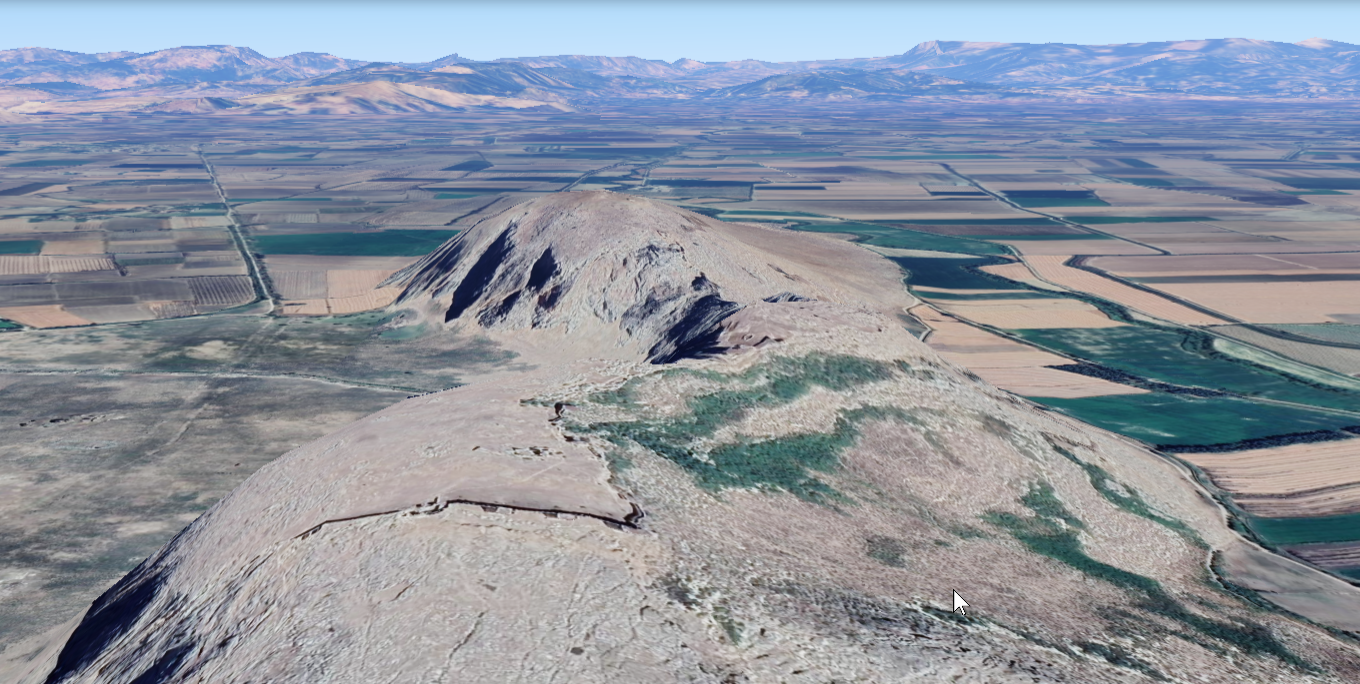Anazarbus (modern
Anavarza) was a prominent city in ancient Cilicia,
located in the Çukurova plain of southern Turkey, near the modern village
of Dilekkaya. Originally a local settlement, it came under the control
of the Seleucid Empire and later flourished as a Roman and Byzantine urban
center. Known variously over time as Caesarea, Justinopolis, and
Justinianopolis, it became an important administrative capital and military
stronghold due to its strategic position below a dramatic limestone outcrop.
The acropolis, perched on a rugged ridge, overlooks a wide lower city
that includes a Roman colonnaded street, a triumphal arch, theater,
stadium, baths, aqueducts, and a rare double-towered city gate. Its triple
line of Byzantine city walls, along with cisterns and fortifications on
the acropolis, reflect extensive urban development and the need for defense
during late antiquity.
Anazarbus was repeatedly damaged by earthquakes, including a particularly
destructive event in 525 CE. Despite repair efforts under Emperor
Justinian I, including extensive fortification works, the city declined
under pressure from Arab invasions and seismic destruction in the early
medieval period. By the time of the Armenian Kingdom of Cilicia, the site
was largely in ruins, though briefly reused.
Today, Anazarbus is one of the most visually striking and least disturbed
archaeological sites in the region. Ongoing excavations continue to uncover
details of its urban history, seismic damage, and cultural transitions from
Hellenistic through Byzantine and early Islamic periods.
 Anazarbus (in the foreground) in Google Earth
Anazarbus (in the foreground) in Google Earth